Introduction
In today’s competitive business world, where retaining top talent and keeping employees engaged directly influence organizational success, companies are prioritizing employee benefits in HRM. Well-structured benefits not only support employee well-being but also strengthen loyalty, productivity, and overall business performance.
But what exactly are employee benefits in HRM? Why do they matter beyond basic compensation? And how can the right mix of benefits improve both employee satisfaction and organizational growth?
This blog explains the concept of employee benefits in HRM, highlights their importance, and explores the different types that every business should consider.
Let’s get started.
Key Takeaways
- Employee benefits in HRM go beyond salaries, covering health, financial, and lifestyle support to enhance satisfaction and loyalty.
- Well-structured benefits improve employee retention, reduce turnover costs, and strengthen organizational culture for long-term business success.
- Core benefit types include health, retirement, work-life balance, career development, and recognition, ensuring comprehensive workforce support.
- Modern trends emphasize flexible work options, mental health support, inclusive coverage, and digital platforms for easier benefit management.
- Effective benefit management requires balancing costs, compliance, and diverse employee needs, making expert HR partners like Team Lease crucial.
Understanding Employee Benefits in HRM
Employee benefits in HRM are structured rewards beyond salaries that improve employee satisfaction, retention, and organizational performance. These benefits create a supportive environment where employees feel valued and motivated to contribute their best. Did you know that 88% of employees would choose better benefits over a higher salary when job hunting?
Below are the core elements that explain what employee benefits in HRM mean for businesses and employees:
- Comprehensive Support: Employee benefits in HRM provide financial, health, and personal support that improve workforce stability and loyalty.
- Strategic HR Tool: These benefits act as a key strategy to attract top talent in highly competitive markets.
- Beyond Compensation: Employee benefits in HRM extend beyond paychecks, including healthcare, retirement plans, and flexible workplace policies.
- Workforce Motivation: Well-designed benefits boost employee morale, engagement, and productivity, leading to stronger overall business outcomes.
- Retention Driver: Offering valuable benefits reduces employee turnover, helping businesses save costs on recruitment and training activities.
- Cultural Strength: Employee benefits in HRM play a crucial role in shaping a positive workplace culture that prioritizes employee well-being and inclusion.
- Business Alignment: Benefits are tailored to align with organizational goals, ensuring both employee satisfaction and business growth.
Partnering with experienced HR development providers like Team Lease ensures access to best-in-class practices and tools tailored to your industry.
Once you know what benefits represent in HRM, the next step is to identify their different types and applications.
Types of Employee Benefits in HRM

Employee benefits in HRM can be categorized into different types, each designed to address employee needs and business goals. A well-balanced mix ensures both personal well-being and organizational success.
Did you know that 87% of employees benefit from formal policies around paid leave, flexible time, and parental leave? Companies that offer these benefits often report higher retention and engagement.
Health and Wellness Benefits
Health-focused employee benefits in HRM enable employees to maintain their physical and mental well-being, which in turn directly impacts workplace productivity.
- Medical Insurance: Covers hospitalization, preventive care, and treatments, reducing employee stress over healthcare expenses.
- Wellness Programs: Include gym memberships, mental health support, and counseling services, encouraging healthier employee lifestyles.
- Preventive Care Plans: Promote regular checkups, vaccinations, and screenings to reduce illness-related absenteeism and costs.
Financial and Retirement Benefits
These benefits ensure financial stability and long-term planning, making employee benefits in HRM more valuable to workers.
- Retirement Plans: Offer pension or 401(k)-style programs to secure financial independence post-retirement.
- Life Insurance: Provides family protection against financial loss in unexpected situations, boosting employee peace of mind.
- Savings Schemes: Encourage disciplined saving habits through employer-assisted financial support programs.
Work-Life Balance Benefits
Work-life balance benefits help employees manage personal and professional lives without burnout, adding to HRM’s supportive role.
- Flexible Scheduling: Allows employees to manage work hours, improving job satisfaction and focus.
- Remote Work Options: Provide flexibility for employees to work from home, enhancing productivity and comfort.
- Paid Time Off: Includes vacations, personal days, and sick leave, ensuring proper rest and recovery.
Career Development Benefits
Employee benefits in HRM also include professional development opportunities, helping individuals enhance their skills and advance their careers.
- Training Programs: Provide workshops and courses to upskill employees in technical or soft skills.
- Tuition Reimbursement: Supports higher education and certification programs, showing organizational commitment to growth.
- Mentorship Opportunities: Pair employees with mentors to guide career progression and performance improvement.
Perks and Recognition Benefits
Perks and recognition build a sense of belonging while rewarding employees for their efforts and contributions.
- Recognition Programs: Reward employees through awards, shoutouts, or bonuses for outstanding achievements.
- Exclusive Discounts: Offer product or service discounts as additional value beyond salary.
- Team Outings: Strengthen bonds and workplace relationships, making employees feel connected and appreciated.
Whether it’s structuring competitive benefit packages or aligning them with employee well-being, Team Lease helps organizations strengthen engagement and retention.
After understanding the types, it’s equally important to know why employee benefits in HRM hold strategic importance for every organization.
Importance Of Employee Benefits IN HRM

Employee benefits in HRM extend beyond salaries, shaping how employees feel valued, motivated, and committed to the organization’s success. These benefits influence retention, productivity, and employer reputation.
Boosting Employee Retention
Well-structured benefits encourage loyalty, reducing turnover and saving organizations the cost of frequent hiring.
- Job Security Assurance: Benefits make employees feel secure, encouraging longer tenures with the organization.
- Retention Incentives: Retirement plans and perks motivate employees to stay invested in company growth.
- Employee Loyalty: Strong benefits build lasting relationships, strengthening organizational culture and trust.
Improving Productivity
Employee benefits in HRM directly impact energy levels, focus, and overall performance in daily tasks.
- Health Programs: Wellness and insurance reduce absenteeism, keeping employees healthier and more active.
- Mental Support: Counseling benefits reduce stress, ensuring sharper focus and creativity at work.
- Performance Encouragement: Benefits signal recognition, motivating employees to contribute more efficiently.
Attracting Top Talent
Organizations with substantial employee benefits in HRM are more attractive to skilled professionals seeking supportive workplaces.
- Competitive Packages: Health, financial, and career benefits attract job seekers in competitive industries.
- Employer Branding: Benefits position the company as caring, enhancing recruitment outcomes.
- Talent Differentiation: Standout benefits help companies outperform rivals in talent acquisition.
Enhancing Employee Well-Being
Benefits that prioritize physical and emotional well-being ensure happier employees and reduced workplace stress.
- Wellness Initiatives: Programs such as yoga or fitness memberships can reduce stress and improve morale.
- Work-Life Harmony: Flexible schedules and paid leave help prevent burnout, leading to increased satisfaction.
- Healthcare Support: Coverage ensures employees focus on work without financial health concerns.
Strengthening Organizational Success
By aligning benefits with business goals, HRM creates a culture of growth and sustained success.
- Motivation Booster: Benefits align personal and organizational goals, inspiring employees to excel.
- Reduced Attrition Costs: Lower turnover rates save costs and protect institutional knowledge.
- Sustainable Growth: A committed workforce drives productivity and innovation consistently.
Team Lease helps organizations identify skill gaps early through structured assessments, making workforce planning more proactive and data-driven.
As businesses evolve, staying up-to-date with the latest trends in employee benefits in HRM is crucial for remaining competitive.
Trends in Employee Benefits in HRM

Employee benefits in HRM are evolving rapidly to meet the needs of a changing workforce. Modern organizations are moving beyond traditional healthcare and retirement plans, offering flexible, inclusive, and innovative solutions to attract and retain talent.
Below are the emerging trends shaping employee benefits in HRM today:
- Flexible Work Options: Hybrid schedules and remote opportunities allow employees to balance work and personal life better.
- Mental Health Support: Counseling services, mindfulness programs, and wellness apps address stress and burnout.
- Financial Wellness Benefits: Student loan assistance and savings programs help employees manage financial pressures.
- Inclusive Benefits: Coverage for diverse family structures promotes equity and inclusivity in the workplace.
- Professional Development Perks: Tuition support and certifications encourage skill growth and long-term career advancement.
- Wellness Incentives: Gym memberships, fitness challenges, and health rewards enhance overall employee well-being.
- Technology Integration: Digital platforms simplify benefit access, giving employees transparency and ease of management.
By leveraging digital learning platforms and hybrid training models, Team Lease supports scalable and flexible HRD strategies across various sectors.
While employee benefits in HRM bring value, managing them effectively also comes with hurdles that HR teams must address.
Challenges in Managing Employee Benefits in HRM

Managing employee benefits in HRM requires balancing organizational costs with employee expectations. As workplaces evolve, HR teams face increasing complexity in designing and administering effective programs that remain competitive, compliant, and relevant.
Below are the key challenges in managing employee benefits in HRM:
- Rising Benefit Costs: Escalating healthcare and insurance expenses put pressure on organizational budgets.
- Regulatory Compliance: Constantly changing labor laws and tax rules make compliance demanding for HR teams.
- Diverse Workforce Needs: Employees across generations expect personalized benefits that align with life stages.
- Technology Dependence: Digital benefit systems require ongoing updates and staff training to avoid disruptions.
- Communication Gaps: Employees often lack clarity on benefit options, leading to underutilization.
- Global Workforce Management: Multinational companies face challenges in standardizing benefits across countries.
- Retention Pressure: Competitive industries demand innovative benefits to attract and retain top talent.
Conclusion
Employee benefits in HRM are more than just add-ons to compensation. They are strategic tools that influence employee satisfaction, retention, and overall organizational success. By offering well-structured benefits, companies can position themselves as employers of choice in highly competitive markets.
If your organization is ready to elevate its employee experience, Team Lease is your trusted partner in making it happen. Backed by a proven track record in workforce transformation, Team Lease specializes in designing and implementing employee experience frameworks that align strategy, technology, and people, creating meaningful workplace journeys and driving long-term business success.
Choosing established providers, such as Team Lease, can ensure compliance and industry-specific expertise, thereby facilitating a smoother transition.
FAQs
1. What are employee benefits in HRM, and why are they important?
Employee benefits in HRM refer to non-wage compensation provided to employees, such as health insurance, retirement plans, and paid leave. They are essential because they enhance job satisfaction, improve retention, and support employees’ overall well-being, directly contributing to organizational success.
2. How do employee benefits impact employee retention?
Strong benefit packages reduce turnover by creating loyalty and satisfaction. Employees are more likely to stay with organizations that provide healthcare, flexible work options, and career growth opportunities.
3. What challenges do HR managers face in managing employee benefits in HRM?
Common challenges include balancing costs with employee needs, keeping up with legal compliance, addressing diverse workforce expectations, and ensuring consistent communication about available benefits.
4. Can small businesses also provide competitive employee benefits in HRM?
Yes. Small businesses can offer cost-effective benefits, such as flexible schedules, wellness programs, or professional development opportunities. These alternatives still provide substantial value for employee engagement.
5. How are employee benefits in HRM evolving in modern workplaces?
Trends show a shift toward flexible benefits, mental health support, hybrid work policies, and personalized perks. Modern HR emphasizes adaptability to meet the diverse needs of employees and respond to market competition.







